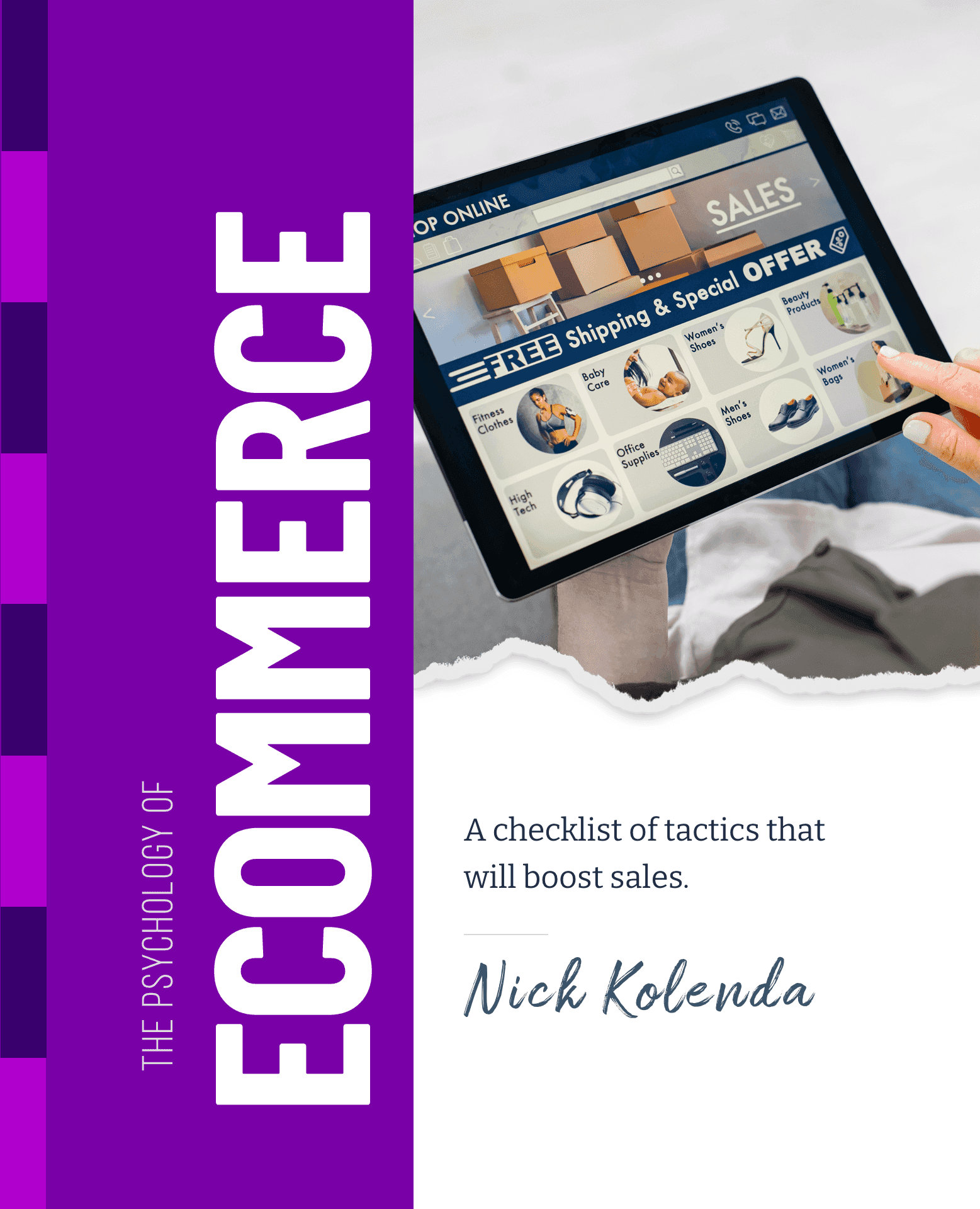
Show an Isolated Product Before Contextual Imagery
Product Images
Show an Isolated Product Before Contextual Imagery
Isolated photos help customers choose. Contextual photos help them buy.
Should product images be isolated or contextual?
In other words, should they be depicted with an empty background? Or realistic scenario?
Show both. Isolated then contextual.
Customers prefer this sequence (Lee et al., 2024).
Why It Works
Customers buy in two stages:
- Do I want to evaluate? While browsing a catalog, customers are choosing which products they want to assess in more detail. By showing the product — and only the product — isolated photos ease this decision by helping them compare products to each other.
- Do I want to buy? Once customers visit a product, contextual photos help them imagine using this product.
For example, researchers tested images of clothing: isolated vs. headless vs. human:

Customers chose an isolated shirt when asked to indicate their preference.
But they chose a shirt with a human model when asked to indicate their buying intention (Bagatini et al., 2023).
Show isolated photos in early stages, yet contextual photos in later stages.
How to Apply
- Show Humans When Necessary. Humans can improve product assessments in clothing, jewelry, and appearance categories. If you don't need these quality assessments, remove humans from your images because they can reduce conversions. It feels like their product, not my product (Lu et al., 2023).
- Blur Details to Enlarge Sizes. Products seem bigger on blurred backgrounds because customers blame their heightened attention on the size of the product: "larger objects usually catch greater individual attention in daily life, so individuals tend to perceive more attention‐catching objects as larger" (Meng et al., 2022).

- Bagatini, F. Z., Rech, E., Pacheco, N. A., & Nicolao, L. (2023). Can you imagine yourself wearing this product? Embodied mental simulation and attractiveness in e-commerce product pictures. Journal of Research in Interactive Marketing, 17(3), 470-490.
- Lee, J. E., Shin, E., & Kincade, D. H. (2024). Presentation-order effect of product images on consumers’ mental imagery processing and purchase intentions. Journal of Product & Brand Management.
- Lu, Z. Y., Jung, S., & Peck, J. (2023). It Looks Like" Theirs": When and Why Human Presence in the Photo Lowers Viewers’ Liking and Preference for an Experience Venue.
- Meng, L., Kou, S., Duan, S., Jiang, Y., & Lü, K. (2022). How a blurry background in product presentation influences product size perception. Psychology & Marketing, 39(8), 1633-1645.

Want more tactics?
Get all my free ecommerce tactics